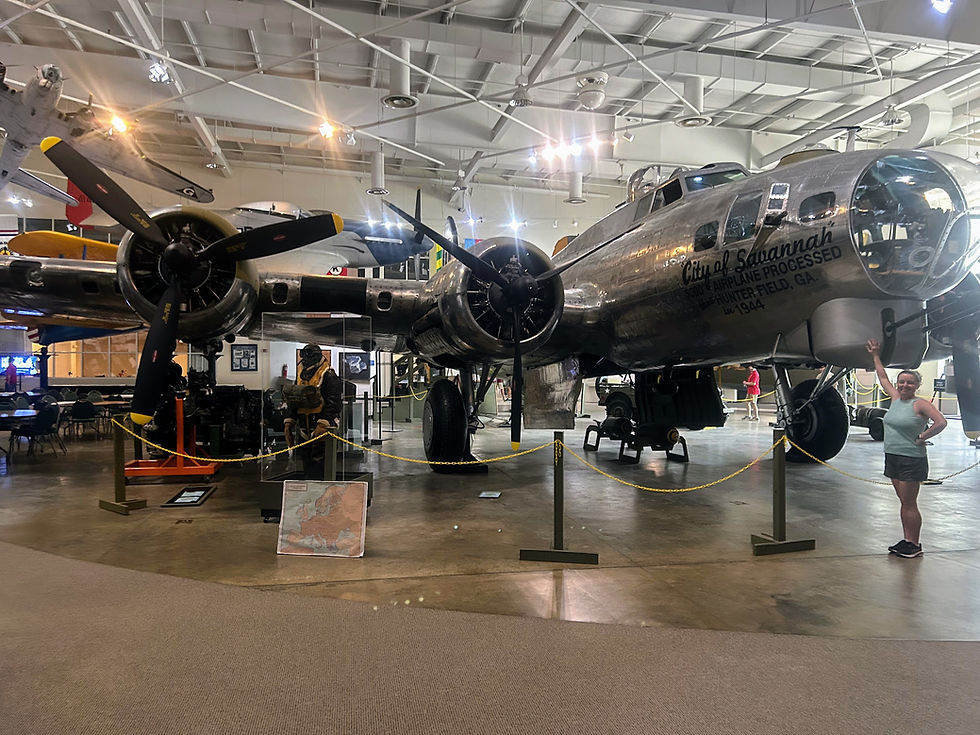We Can Do It!
- Laci Barry Post
- May 22, 2014
- 2 min read
Updated: Oct 14, 2020
Have you ever wondered just what exactly “Rosie the Riveter” did for the war effort? This fictional wartime heroine based on hundreds of women throughout the United States helped to build airplanes by shooting rivets into metal plates with a gun. She worked as a team with another woman called the bucker. The bucker flattened or smoothed out the rivets on the other side. According to one real-life female defense worker, the job of riveting took more skill, but the job of bucking took more muscle. Which would you have preferred?
Between 1942 and 1944, five million women joined the American workforce. They filled many jobs formerly only held by men, working as welders, mechanics, crane operators, and bus drivers. Employment gave women confidence and a new sense of purpose. They liked making their own money. Women in Huntsville, AL earned $1,400 a year as assembly line workers at the Huntsville Arsenal, and women in Mobile, AL earned $3,600 a year working as welders in the shipyards. The majority of these women were not ready to give up their newfound independence after the war. A 1944 Labor Department study found that 80% of working women desired to continue working after the war. Unfortunately, most of the women were laid off soon after the war, but regardless, World War II changed women’s lives forever.
“Rosemary had found a personal resolve and identity in her work that didn’t include her family, her background, or a man. Her work was for her what music was for Ava, except that instead of it being primarily an outlet for her emotions, it was a vehicle of self-worth and importance. Ava breathed in and looked away, knowing that she, Rosemary, and the whole country would be all right after the war…”
Songbird, Chapter 55




Comments